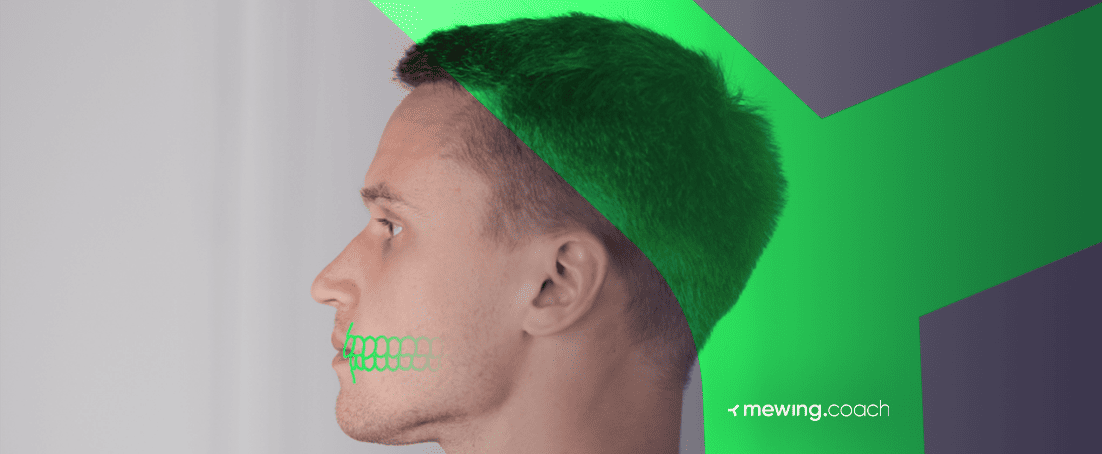Jaw Pain Guide: Diagnose And Treat Earache
The complex relationship between jaw pain and earache is often misunderstood, yet it’s a common complaint among individuals seeking relief from orofacial pain. The temporomandibular joint (TMJ), located just in front of the ear, plays a crucial role in connecting the jawbone to the skull, facilitating movements such as chewing, talking, and yawning. However, when the TMJ is dysfunctional, it can radiate pain to the surrounding areas, including the ear, leading to a phenomenon known as referred pain.
Referred pain occurs when pain is perceived at a location other than the site of the painful stimulus. In the case of TMJ disorders, the pain can be referred to the ear, causing an earache. This can be confusing for patients, as the symptoms may mimic those of an actual ear infection or other ear-related issues. A thorough understanding of the anatomy and physiology of the TMJ, as well as its relationship with the ear, is essential for accurate diagnosis and effective treatment.
Causes of Jaw Pain and Earache
Several factors can contribute to the development of jaw pain and earache, including:
- TMJ Disorders: Conditions such as temporomandibular joint disorder (TMD), temporomandibular joint dysfunction, and myofascial pain syndrome can cause pain and discomfort in the jaw, face, and ear.
- Bruxism: Grinding or clenching the teeth can put excessive strain on the TMJ, leading to pain and inflammation in the joint and surrounding muscles.
- Dental Problems: Issues such as tooth decay, gum disease, or a misaligned bite can cause jaw pain and earache.
- Trauma: A blow to the jaw or face can cause TMJ dysfunction and subsequent earache.
- Stress and Anxiety: Tension in the jaw and face muscles can exacerbate TMJ disorders and lead to earache.
Diagnosis and Treatment
To diagnose jaw pain and earache, a healthcare professional will typically perform a physical examination, take a thorough medical history, and use diagnostic tests such as:
- TMJ Examination: The healthcare professional will assess the TMJ for signs of dysfunction, including clicking, popping, or locking of the joint.
- Imaging Tests: X-rays, CT scans, or MRIs may be used to evaluate the TMJ and surrounding structures for any abnormalities.
- Dental Examination: A dental examination will help identify any dental problems that may be contributing to the jaw pain and earache.
Treatment for jaw pain and earache depends on the underlying cause and may involve:
- Pain Management: Over-the-counter pain relievers, such as ibuprofen or acetaminophen, can help alleviate pain and discomfort.
- TMJ Therapy: Physical therapy, massage, or chiropractic care can help relax the jaw and face muscles, reducing tension and pain.
- Dental Treatment: Dental problems, such as tooth decay or a misaligned bite, will need to be addressed through restorative dentistry or orthodontic treatment.
- Stress Management: Techniques such as meditation, deep breathing, or yoga can help reduce stress and anxiety, which can exacerbate TMJ disorders.
What is the best way to manage jaw pain and earache at home?
+Applying heat or cold packs to the affected area, practicing relaxation techniques, and avoiding activities that exacerbate the pain can help manage jaw pain and earache at home. However, it's essential to consult with a healthcare professional for a proper diagnosis and treatment plan.
Can jaw pain and earache be a sign of a more serious condition?
+Yes, jaw pain and earache can be symptoms of underlying conditions such as temporomandibular joint disorder, dental problems, or even more severe conditions like trigeminal neuralgia. It's crucial to seek medical attention if you're experiencing persistent or severe pain.
Conclusion
Jaw pain and earache can be a debilitating and frustrating experience, but with a proper understanding of the underlying causes and effective treatment, individuals can find relief. By recognizing the complex relationship between the TMJ and the ear, healthcare professionals can provide accurate diagnoses and develop comprehensive treatment plans. If you’re experiencing jaw pain and earache, don’t hesitate to consult with a healthcare professional to determine the best course of action for your specific situation.
Future Directions
As research continues to uncover the intricacies of the TMJ and its relationship with the ear, new treatment options and therapies may emerge. The integration of advanced diagnostic tools, such as 3D imaging and artificial intelligence, may also improve our understanding of TMJ disorders and enable more precise treatment plans. By staying informed and up-to-date on the latest developments, individuals can take an active role in managing their jaw pain and earache, ultimately improving their quality of life.


